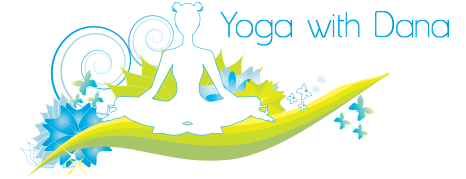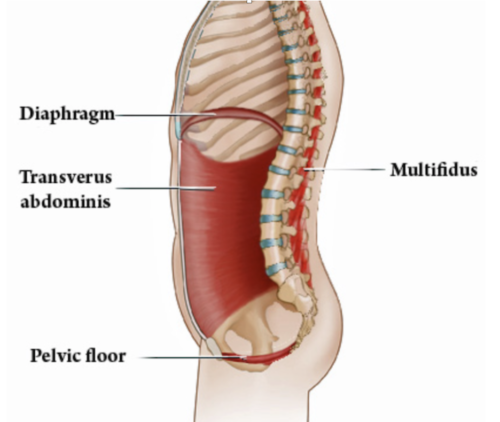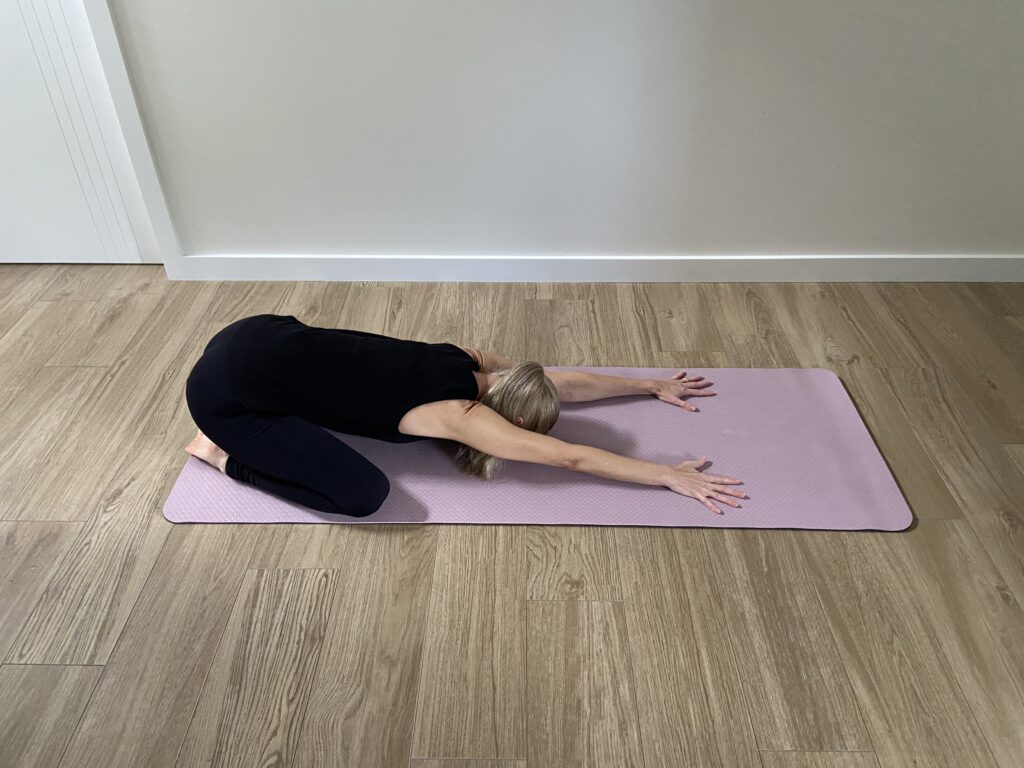Build Strength in your Wrists & Shoulders with Yoga
Yoga exercises are a wonderful way to create strength & create muscular skeletal balance throughout our entire body.
People with weak wrists & shoulder issues could really benefit so much from putting weight into their arms and hands.
When we put weight through the arms there’s an equal & opposite force that naturally engages the shoulder stabilisers & our rotator cuff muscles.
Please see below 3 simple exercises you can do at work or at home any time to help create stronger wrists & shoulders.
Standing with your hands on a wall & press lightly onto the wall.
Standing at a desk or table – Pressing hands into the desk or table.
Sitting on a chair & pressing hands into the chair. Lean forward over your wrists.
During our yoga classes we work through a sequence of exercises to help strengthen each muscle of our body including our hands, wrists, arms & shoulders. Please see below a few exercises we enjoy practicing regularly to help us become stronger in our wrists, arms and shoulders.
1/ Kneeling Plank. 2/ Full High Plank. 3/ Kneeling Forearm Plank 4/ Forearm Plank.
5/ Preparation for Handstand. Always work within the limitations of your body. Never force or strain. Enjoy !










